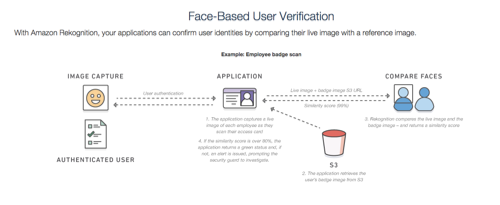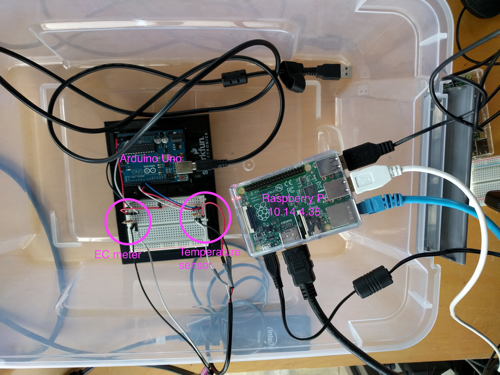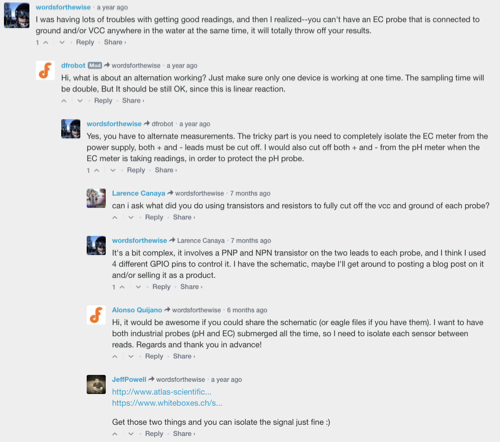Daily Weblog 3/1/17
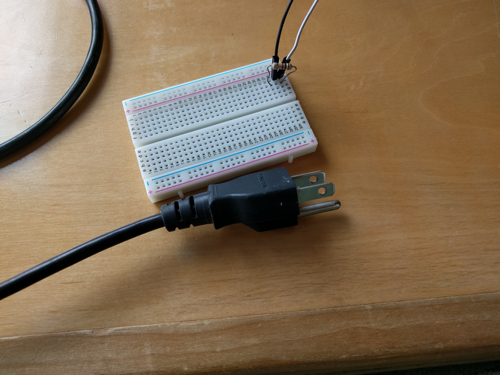

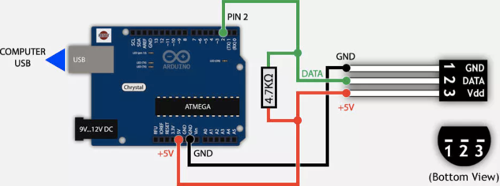

Today, we had a guest who was an amateur hydroponicist, to help us get the initial ideas down for the beginning of the HPA hydroponics project. The part of this project that interests me the most is the potential for automation; I think that a single Raspberry Pi should, equipped with I2C sensors, be able to service several hydroponic ponds. Additionally, data could be piped to EMC to create an extremely accurate running log of how each unit fares, or even automatically regulate levels of water, nutrients and acidic additives.
I researched the components that might go in to such a system today, and equipping a hydroponic tank with a suite of sensors is surprisingly inexpensive - a single tank should not cost more than $50 in sensors at maximum, not including the cost of a central Pi to manage the data. Phidgets sells robust pH meters for $25; I have proven with my attendance system that Phidgets can be integrated with the Pi rather easily. Waterproof temperature sensors are available from Adafruit for $10, and are explicitly designed for use with the Pi over I2C. From personal experience, these sensors are extremely reliable (although I have not used one underwater!) Alternatively, Ilan Naibryf and I could probably fabricate one without too much difficulty. Electrical conductivity meters, to measure the solute concentration of a tank, are considerably more expensive (costing $100-$200 each for some reputable machine-readable models), but I found a guide detailing how to fabricate one for approximately $3 on Arduino; using the same sensor design and slightly modified code on a Pi would not be difficult.
The Raspberry Pi that ran a hydroponic system would, in my vision, be equipped with a database of plant types and their optimal values of pH, temperature, and nutrient ppm. Reading data from its 3 sensors in each tank, the Pi could automatically introduce more water, acid, base, or nutrients as needed, and alert ISR students when dangerous levels in any category were reached. Node-Red might be a good networking tool for the system, although in my opinion it crashes too frequently to be of use in such a serious application; Python scripts time-controlled by the crontab seem like they may be a better option, as that type of system has proven reliable for me in the past.

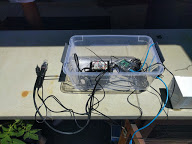
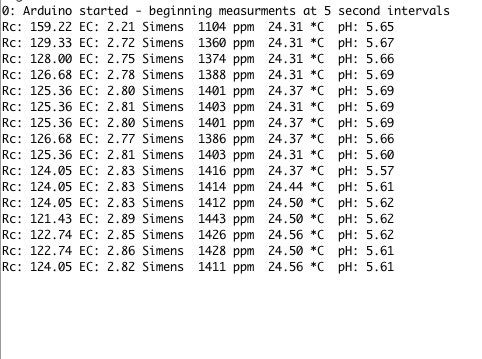
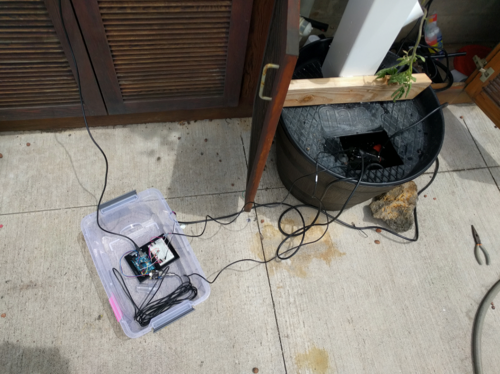

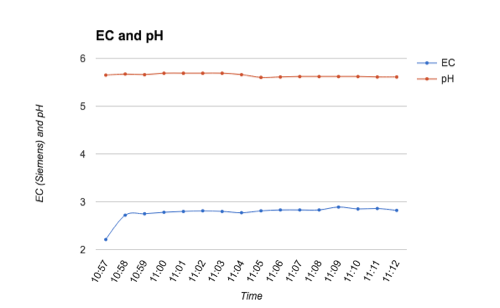
 I will finish the hardware for the hydroponic sensors on Friday, connecting the pH meter. I will also run tests of how often each can be polled without polarizing the water - this may take until next week.
I will finish the hardware for the hydroponic sensors on Friday, connecting the pH meter. I will also run tests of how often each can be polled without polarizing the water - this may take until next week.
I also learned yesterday of a system using Amazon Web Services' Rekognition software that might enable me to completely rework the facial recognition for attendance system by outsourcing all of the processing power to the cloud. It was used by the group Sturdy to make a lighthearted project to shoot their CEO on sight with a NERF gun controlled by a Raspberry Pi, but their code is on GitHub at https://github.com/sturdycloud/sting#rekogntion-from-amazon-web-services, and seems trivially adaptable to my system (though I may leave out the NERF gun component). I will look at integrating Amazon Web Services after I have completed the sensor system for hydroponics. Fundamentally, Rekognition allows the user to submit lightly-processed images to pre-constructed cloud databases for fast analysis on Amazon servers.
